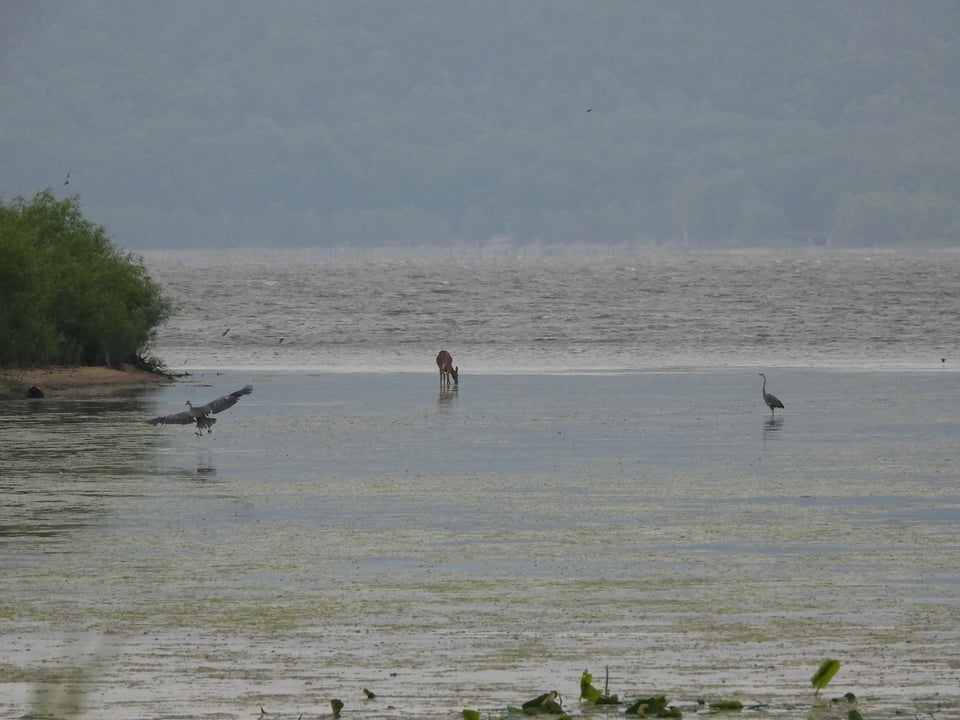November: Deeper quiet, broader vistas
Frontenac State Park Association newsletter
Vol. 1, No. 8, November 2023

NOVEMBER: Deeper quiet, broader vistas
For many among us, November is a bear, a time to brace oneself against sudden darkness and cold, against the looming long months of winter. The sky is gray, the fields shorn, the leaves fallen, the colors muted, the songbirds flown, and November is Minnesota’s month with the least sunshine. The cold asserts itself, as “the iron door of the north clangs open … and a cruel wind blows,” as the poet Stanley Kunitz wrote.
Well now! It may surprise you to learn that many people, including your newsletter editor, love November, especially in Frontenac State Park. On a frosty day, hiking the park trails is a joy – trotting along, one quickly feels one’s body’s faithful furnace kicking in – and with the leaves largely down, many more stunning vistas present themselves, especially along bluffside and hillside trails. The park is less crowded, and the world seems more hushed, especially at night, when it’s easier to hear the song dogs (coyotes) and wood muses (owls) that call from the shadows.
Although public activities may be fewer in November, your Frontenac State Park Association remains active through the winter – no hibernating for us, friends! Here are some November events:
A hands-on lesson on removing buckthorn will be held at the park at 10 a.m. on Saturday, Nov. 4. “Invasive Species Management: Buckthorn Removal” is a free, family-friendly event on how to deep-six that darned buckthorn from the wild – AND from your yard. Meet at park headquarters at 10 a.m., then we’ll hike to the work site. Please wear gloves, tear-resistant clothing and sturdy footwear. And if you own a lopper, bring it along.
FSPA members will hold their quarterly meeting at 3 p.m. Thursday, Nov. 16, at the park’s main picnic shelter (we’ll light a fire in the shelter’s little stove to warm us up). This meeting will focus on planning for next year. Do we have plans? We sure do! Join us in helping shape them!
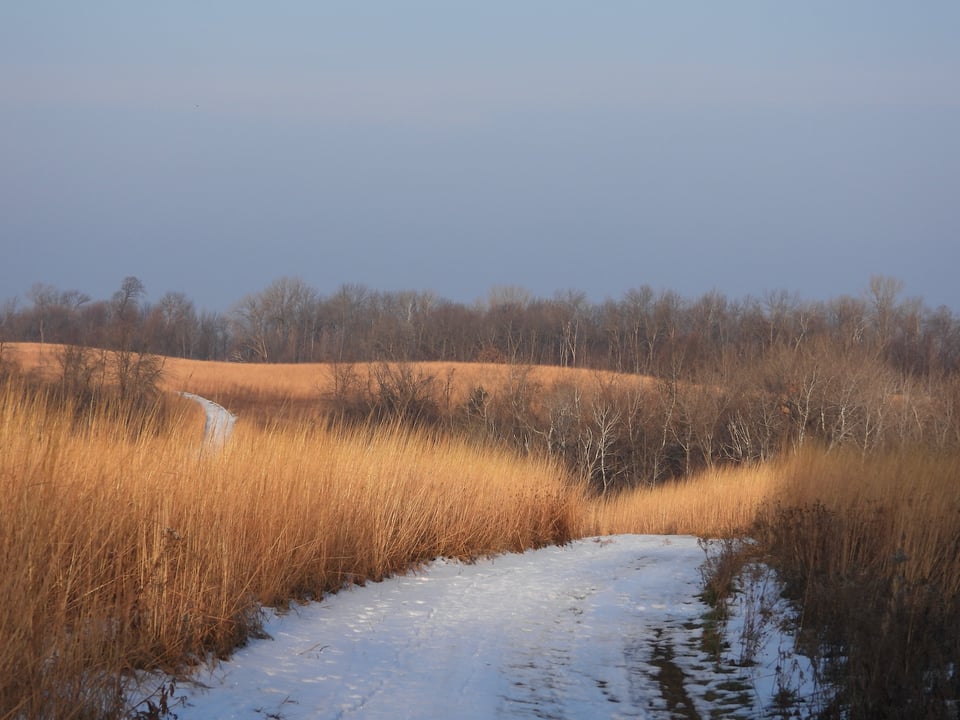
Bright orange is vogue: Hunting season is here
For many of us, November means it’s time to hunt, to fill our freezers with savory and affordable protein for the long winter. Minnesota has lots of hunting seasons – find a list of them here. The archery deer hunt season has been underway for a while, and November brings firearms deer hunts.
Traditionally, Frontenac State Park is closed one weekend in November for a deer hunt. This year, that’s Nov. 18-19. Hunting is a major conservation tool, easing the starvation, diseases, foliage damage and roadside carnage that come when there are too many deer for a habitat to support.
For our park’s hunt, a maximum of 60 hunters are chosen by lottery. The bag limit is three deer per hunter, only one of which may be a buck.
Historically, 40 to 60 deer have been harvested each year in the park, but park manager Jake Gaster tells us that that number has been down in the past five years, to 20 to 30 deer per year. Jake attributes the dip more to the weather – recent Novembers have been too warm, too windy or too rainy and cold (conditions affecting both prey and predator) – rather than a lower deer population.
During our park’s hunting weekend, the park is closed to everyone except registered hunters. Closure signs will be posted on the park road and at trail entrances.
Whether or not you’re a hunter, you’re likely to be a frequent spotter of deer if you spend any time in the park. They’re fascinating creatures. And to that end, read on …
Notes from the field: White-tailed deer, a keystone herbivore
By Steve Dietz
FSPA president and Minnesota Master Naturalist volunteer
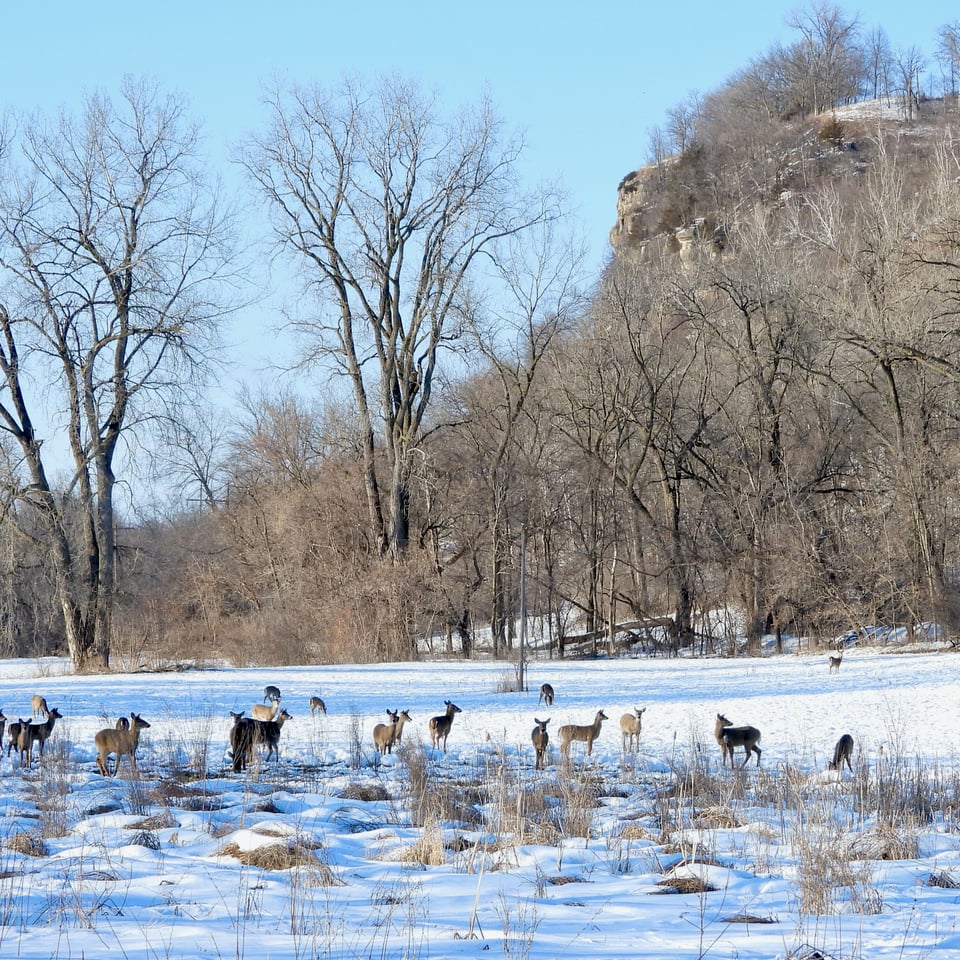
Collectively, we have a love-hate relationship with white-tailed deer. They are so lovely when we see them on a walk through Frontenac State Park, but when they are eating our hostas … grrrrr!
For many, deer represent food and sport. But, ouch – the number killed by cars in Minnesota per year is nearly 40,000, almost one-sixth of the total number taken by hunters!
You may be surprised to learn that in the 1900s, white-tailed deer were almost rare, with only an estimated 500,000 nationally. Today, in Minnesota alone, there are estimated to be up to 1 million.
There are several reasons for the rebound in deer populations, including the decline in predators and deers’ ability to thrive in “edge” systems – areas where agriculture and/or the suburbs meet our remaining forests. One of the biggest factors in deer survival has been the management of populations through controlled hunting and habitat support.
That success, however, is triggering a slow-boil disaster that may take another 100 years to resolve.
To stay healthy, a 150-pound deer must eat approximately 12 pounds of vegetation every day. They don’t get that from hostas alone. In too many areas, deer are eating up the future forest – acorns, seedlings and saplings – so that the forest has no or vastly fewer replacement trees to regenerate itself once its mature trees die off.
What’s worse is that deer can be picky eaters, and given a choice, they will eat native plants and leave the ferns and invasives, thus opening space for the spread of even more invasives.
According to some studies, the “standard” level of deer density where habitat management is not significantly impacted is approximately 21 deer per square mile. A more realistic ratio for browse-sensitive tree species, however, is only three to 10 deer per square mile.
According to the Minnesota Department of Natural Resources, in 2022, deer permit area 341, which covers much of Goodhue County, had 36 deer per square mile!
Deer have been referred to as “keystone herbivores” because through their voluminous eating, they alter – kill – the “natural” succession of forests, invite invasive species to overrun native species, and even affect the sustainability of other animals. For example, one study found that intermediate-canopy nesting birds declined 37% in abundance and 27% in species diversity at higher deer densities.
There is no silver bullet for this situation, and as with most complex problems, it will take an interrelated set of nuanced responses to resolve, including culling herds, for generations to come.
Share your favorite wild-game recipes!
Our newsletter wouldn’t be complete without a recipe! Here’s a November twist – how about your recipes?
The DNR is seeking your best venison recipes for its website and social media posts.
As it notes: “Recipes carry special meaning. Whether passed down over generations, symbolic of your culture, or newly created in your kitchen after trial and error, wild game recipes give hunters a chance to fully appreciate their harvest, share with friends and connect with nature on a deeper level. This deer season, we invite you to share your favorite venison recipe with us for the chance to have it featured on the DNR website and other publications. Share the taste of your culture with hunters across the state and be inspired by the recipes of other hunters.”
Go here to submit your wild-game recipes.
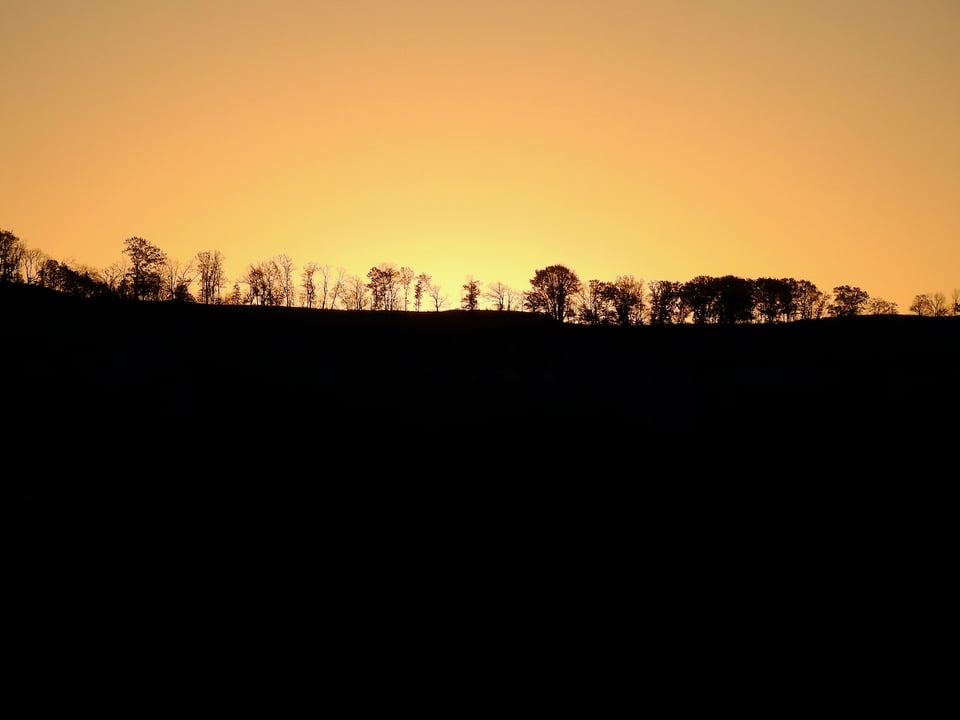
Bird notes: The miracle of migration
By Janet Malotky
FSPA member and Minnesota Master Naturalist volunteer
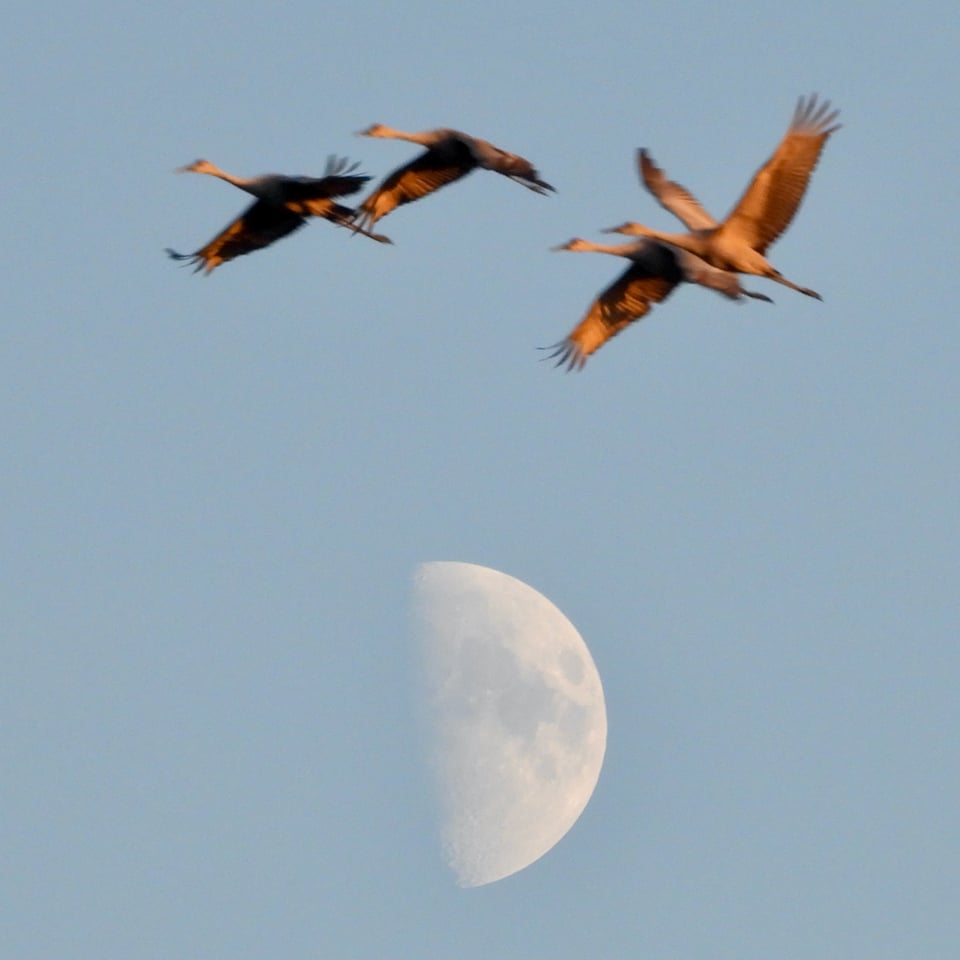
Let’s start by saying that migration is a miracle.
It’s a topic that inspires awe and is rich in mysteries. For example:
Hummingbirds that weigh less than a nickel not only migrate from Minnesota to Central America, but on their way, they fly all the way across the Gulf of Mexico without stopping. I mean, c’mon!
Craig Mandel, an expert birder and birding guide in the Twin Cities, has noted that there are only two months when migration is not happening: June and December. Fall migration, which lasts longer and is more dispersed than spring migration, is happening now. By the time this newsletter goes out, we’ll be deep into waterfowl. Our warblers and other perching birds, shorebirds, and most other summer residents will have flown south.
Migration is a fascinating topic, but too enormous and complex to cover in this modest space.
Meanwhile, with new technologies, more is being learned all the time. Here’s an online tool that can enrich your appreciation for migration. BirdCast is an amazing resource from the folks at the Cornell Lab of Ornithology in Ithaca, N.Y. (also source of the free bird identification app Merlin and eBird, a major citizen science population tracking project).
You can easily access BirdCast, a free website, for cool migration information. First, check their Bird Migration Forecast Maps. These will wow you with how many birds are predicted to be migrating across the United States on any given night. For example, the prediction for October 21, when I was writing this essay, was that 255 MILLION birds would be migrating, most of them along the Mississippi River flyway.

To find your local migration forecast, click on Local Bird Migration Alerts and enter your nearest city. For the night of October 21, 12,000 to 38,000 birds were predicted to migrate over Frontenac. The BirdCast people make these predictions based on historical and current weather data, historical migration data, and data from eBird. One can use this prediction information to spur excitement about the birds that might be seen after an especially heavy night of migration.
You can also access live information about how many birds are actually migrating over the United States and where they are on the night you’re looking. Click on Live Bird Migration Maps to see it. BirdCast uses nighttime weather surveillance radar to get this information, because clouds of birds moving across the sky show up on radar. Cool!
You can also get actual migration stats from previous nights on this page by changing the date above the map.
You may have noticed that I keep referring to nighttime. That’s because most birds migrate at night, when it’s cooler and less windy and they have better cover from predators. But night migration presents challenges for human observers. With binoculars, a person may get lucky and see birds passing across the bright face of the moon, or hear passing flocks that are vocal in flight. Fortunately, with BirdCast, we have another tool to help us explore this night time miracle of nature.
Muskrats: Give them some love, eh?
By Pamela Miller
Newsletter editor and Minnesota Master Naturalist volunteer

Muskrats have long been ubiquitous in Minnesota waters, so it’s somewhat surprising to hear that nationwide, their numbers have declined over the past few years.
That’s a reason for concern, because this busy little native plant eater (Ondatra zibethicus), not at all a rat and in fact a cousin of the beaver, is vitally important to the health of the wetlands it inhabits.
In a recent Minneapolis Star Tribune story, naturalists compared the muskrat’s relationship to wetlands to the pivotal role bison play in the health of native prairies. So next time you see a muskrat gliding through the park’s pond or on the river’s edge, give it an attaboy.
Here are some fun facts about muskrats, courtesy of our DNR:
They eat aquatic vegetation, including cattails (which is great, since many cattails are invasive), water lilies, rushes and wild rice (let’s hope they don’t overeat that). Sometimes they dine on small fish, snails or even turtles.
They don’t hibernate or store food for the winter like beavers do. In the winter, they huddle together for warmth in their mud lodges or burrows (all in or near water) and sometimes churn through the mud under the ice in search of food.
They’re about 20 inches long (9 inches of that is tail) and weigh up to 5 pounds.
They have lots of little muskrats – two or three litters of up to 10 babies every summer. The young can care for themselves after only a month.
Predators, yeah: When muskrats scramble up onto land, they’re vulnerable to otters, mink, foxes, coyotes, raccoons and raptors.
Their fur is luxurious and coveted, and they’re still legally trapped in Minnesota, where trapping helps keep their numbers in sync with healthy habitat and resource values.
Last but not least, “Muskrat Love” is a soft-rock song recorded by the band America in 1973 and redone by Captain & Tennille in 1976. It’s the story of a love affair between anthropomorphic muskrats Susie and Sam. The song, which some people really hate, is one of the most parodied in musical history.
POEM(S) OF THE MONTH
You can’t ever have too many poems in November, we say. So this month, we offer two linked to this month’s themes – deer and trees in transition.
DEER AMONG CATTLE
By James Dickey (American; 1923-1997)
Here and there in the searing beam
Of my hand going through the night meadow
They are all grazing
With pins of human light in their eyes.
A wild one is also eating
The human grass,
Slender, graceful, domesticated
By darkness among the bred-
For slaughter,
Having bounded their paralyzed fence
And inclined his branched forehead onto
Their green frosted table,
The only live thing in this flashlight
Who can leave whenever he wishes,
Turn grass into forest,
Foreclose inhuman brightness from his eyes
But stands here still, unperturbed,
In their wide-open country,
The sparks from my hand in his pupils
Unmatched anywhere among cattle,
Grazing with them the night of the hammer
As one of their own who shall rise.
WINTER TREES
By William Carlos Williams (American; 1883-1963)
All the complicated details
of the attiring and
the disattiring are completed!
A liquid moon
moves gently among
the long branches.
Thus having prepared their buds
against a sure winter
the wise trees
stand sleeping in the cold.

Interested in joining the FSPA?
We’d love to have your support (dues are $25 per year for an individual, $30 for a couple). Here is a link.
And joining us occasionally to help out with volunteer efforts is awesome too, even if you’re not a member. The FSPA’s goal is simply to share our love of Frontenac State Park with as many people as possible.
To sign up to regularly receive this monthly newsletter, click on “Subscribe” below, and if you have questions or comments about it, email your newsletter editor at pamelamarianmiller@gmail.com. Questions about the FSPA? You can reach FSPA chair Steve Dietz at stevedietz@duck.com.
Handy links for more information and education
Frontenac State Park website
Frontenac State Park Association website
If you take pictures in the Park, tag us on Instagram
Frontenac State Park bird checklist
Frontenac State Park on iNaturalist
Parks & Trails Council
Website for our township, Florence Township
Minnesota Master Naturalist program
Red Wing Environmental Learning Center
Lake City Environmental Learning Program on FB
Frontenac State Park staff
Jake Gaster, park manager; Amy Jay, assistant park manager; Amy Poss, lead field worker
Thank you, readers and park visitors!
Parting shots

